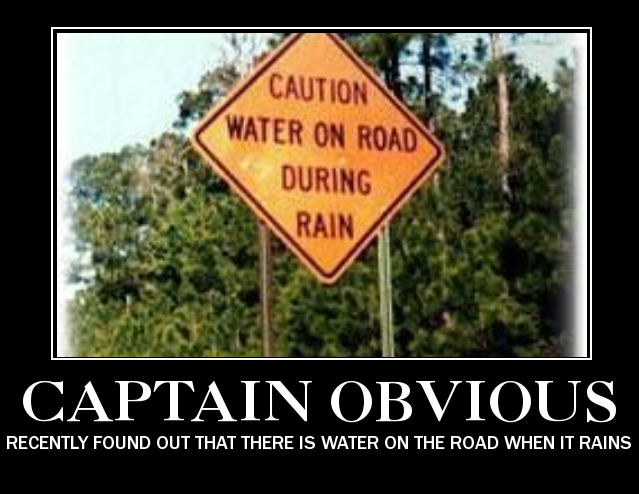it's POWERFUL!!! 'The Game is the Teacher'
Thank you, I actually thought this was obvious.
I only care about the results that my techniques achieve and if being "results oriented" seems unorthodox to some, then so be it. :groucho:
I learned the intricacies of this technique while working with Hank Haney (Tiger Woods Swing Coach for 5/6 years).....in the ideal stroke the follow through will "mirror" the backswing, and also give you a way to control the impact position in a superior way.
I'll give you some examples from the golf swing (the pool stroke is a miniature version).
1) To hit a high, shot from left to right (trajectory/curve) --- follow through high, and left to right
2) To hit a low shot, left to right (curve) --- follow through low, and left to right
3) To hit a high shot from right to left --- follow through high, then right to left.
For the golfer (like Tiger Woods) to achieve this type accuracy and precision they MUST think about the follow through position and play the shot to finish in that position. They obviously aren't hitting the ball or literally effecting the ball with their follow through....however, it's the technique that gets the necessary results to achieve unbelievable precision and accuracy.
I do the same thing playing pool....and it's POWERFUL!!! 'The Game is the Teacher'
Everyone is just talking past each other here...
Dave: cause/effect
CJ: technique/results
They are not in conflict with each other, although some terminology may conflict.
But when it comes down to it, "good stroke" is pretty subjective, and arguments on this subject may never end.

